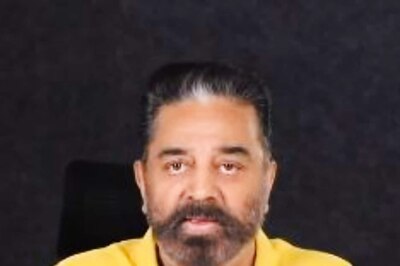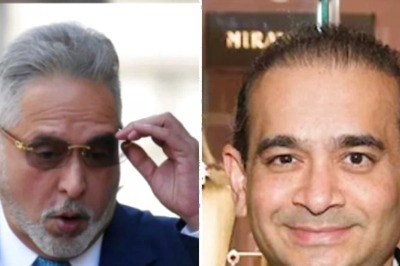
views
The Union Budget of 2012-13 will be announced at a time when the economy is in the midst of an imminent slowdown, with the GDP growth reported at a 3 year low of 6.1% in Q3 of 2011-12. While the target the fiscal deficit for the year 2012 has already been breached and a rollback of the 2008/2009 stimulus package was on the anvil in the last budget itself, it seems it may not be a difficult pick for the Government to prioritize fiscal consolidation this budget.
In this backdrop, with the auto industry nursing its abrasions of lower growth rate, rising fuel prices, inflationary trends, swelling interest rates, it remains to be seen what Budget 2012 has to offer to the auto sector. Due to its deep forward and backward linkages with several other segments of the economy and the consequent multiplier effect, it would not be out of place for the industry to expect the Government to come out with a clear long term strategy for the sector through the Budget.
Key expectations
1. The industry has welcomed the National Manufacturing Policy (NMP) cleared by the Cabinet of ministers in October 2011, which aims at facilitating setting up of manufacturing units by, inter-alia, rationalizing & simplifying business regulations, creation of National Investment and Manufacturing Zones (NIMZ) having high end infrastructure, provision of skilled labor and fiscal incentives (such as exemptions for capital gains tax for re-investment into NIMZ, venture capital funds etc). While the policy has been formalized, notifications from various ministries including labour, environment, state governments and amendments in various laws are still awaited for operationalisation of the policy. The Government would do well to action the policy, by making appropriate budgetary allocations, spelling out transparently the entitlement/eligibility for the fiscal incentives and making amendments in the relevant statues.
2. One of the objectives of NMP is also to increase domestic value addition and technological depth in manufacturing. In line with the same, the Government could extend the 200% accelerated deduction for R&D expenses (expiring on 31 March 2012) for a long term period to send a definitive message to the industry. Specific tax breaks for R&D service providers could also be introduced. Accelerated depreciation on plant & machinery and intangibles would also assist the industry in keeping pace with the changes in technology.
3. Although there has been a pick up in the exports as compared to last year, the levels are far below the pre- 2008 era. The Finance Act 2011 imposed a 20% Minimum Alternate Tax on export profits of SEZ units. This step was viewed by the industry as breach of promissory estoppel on SEZ policy by the Government. The industry expects a consistent approach and a rollback of the above levy, would go a long way in assuring the investors of the Government's commitment in supporting the sector.
4. It is expected that the Government provides a clear & definitive guidance to the industry on the timelines and structure of the proposed Goods and Service Tax.
5. Addressing other irritants like, non availability of CENVAT credit during construction phase, phased CENVAT credit for capital goods would help reducing the tax leakages for the industry.
Although the Government is posed with a tough task of fiscal consolidation, given the potential, the Government would still want to ensure a smooth long drive for the auto sector.
(The author, Srirupa Tandon, is a senior tax professional in a member firm of Ernst & Young Global)


















Comments
0 comment